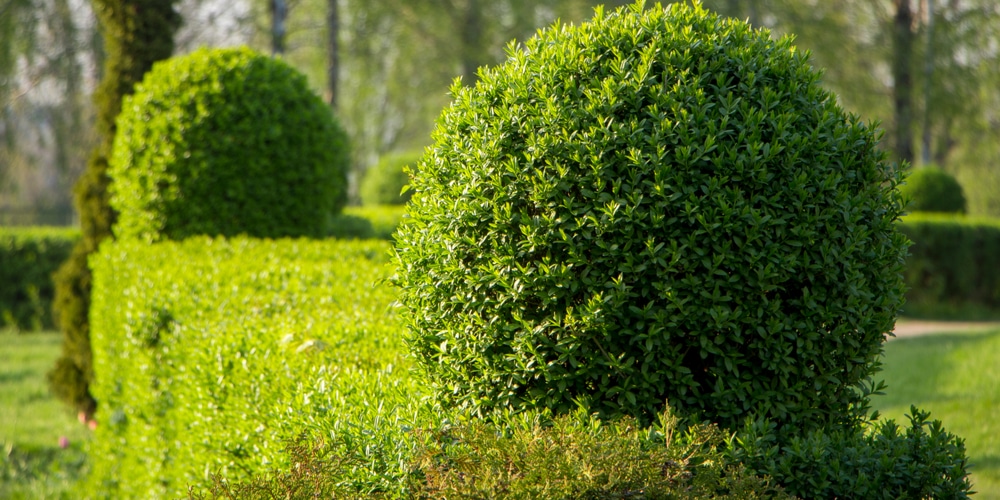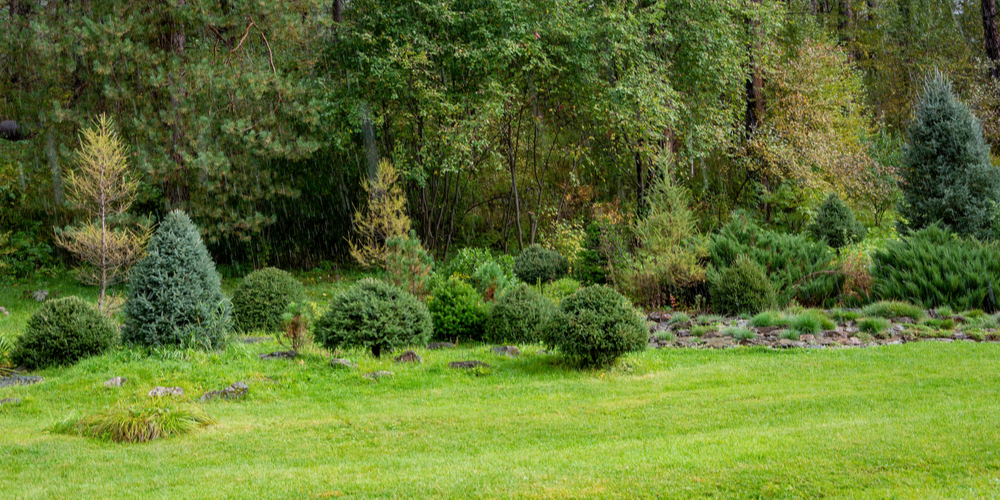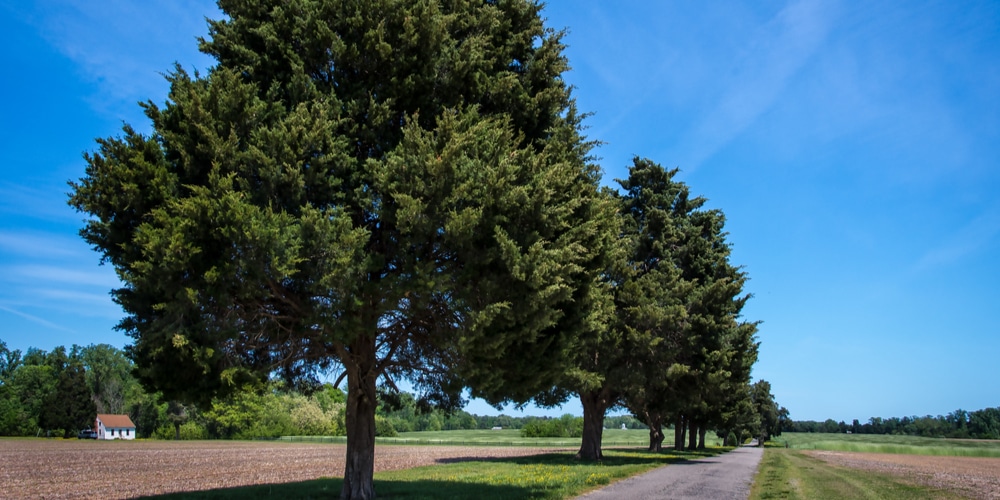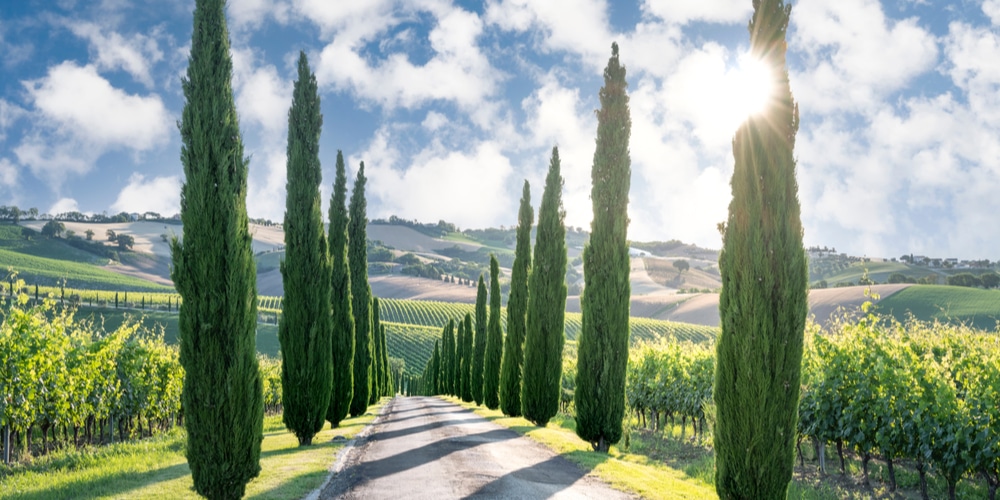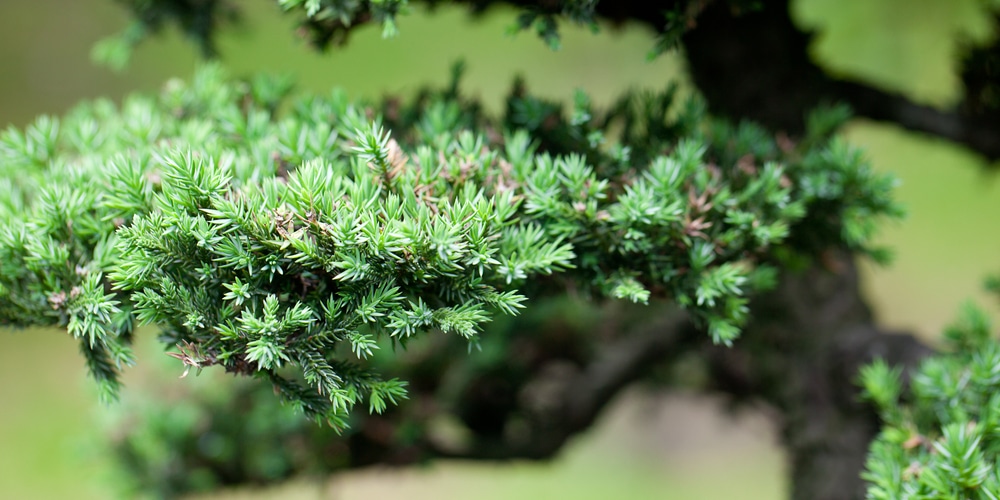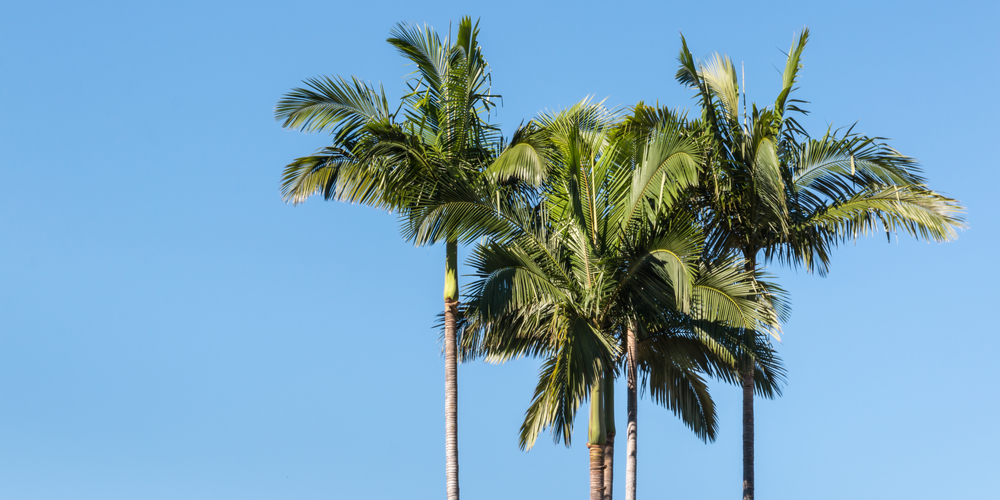Adding trees to a landscape is never a bad idea. After all, they can improve the aesthetics of any garden and can provide you with some precious shade during the hottest months of the year. To learn about which trees you should grow in your region, you’ve landed in the right place. Indeed, in this “Evergreen trees zone 9” ultimate guide, we included the best varieties to grow in your hardiness area.
Evergreen Trees Zone 9
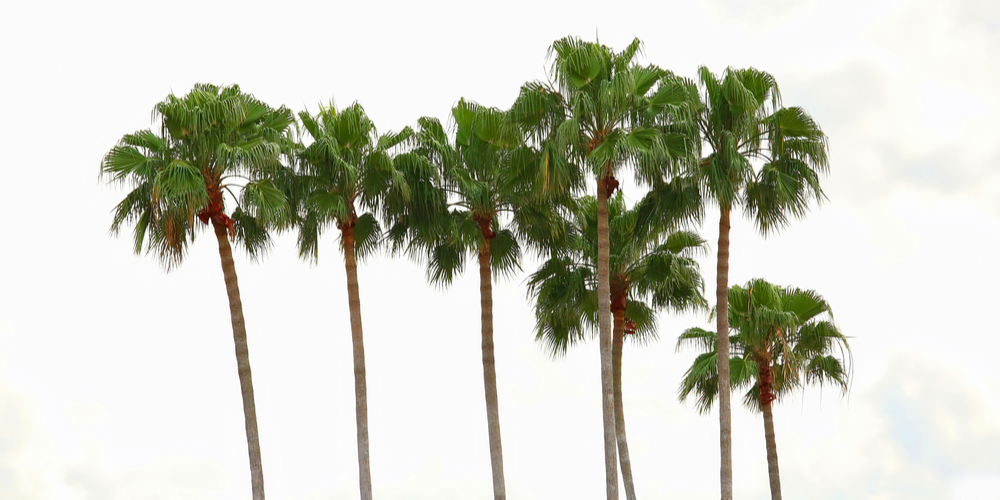
If you live in a warm region, you are probably familiar with the feeling of having a shade tree in your garden can be during the summer. Trees are stunning and can make your property less warm, especially when they mature.
But among all types of trees, if you want something fuss-free and beautiful all year round, you should look for evergreen trees. These plants don’t lose their foliage in the winter and remain bright even in the coldest months.
Even when most other plants are bare or dormant, your evergreen tree will provide some color to your garden. But to avoid the embarrassment of planting an evergreen tree and having it die a year later, you must choose a variety suited to your region.
Privet
Privet (or Ligustrum) is a small tree that adapts to various weather and soil conditions. It is easy to grow and, once established, requires little to no maintenance. If you can’t dedicate much time to your garden, but you don’t want to miss the opportunity of having an evergreen tree in your yard, you should consider getting privet.
For best results, plant your small tree under partial shade. If you can, provide some protection from the harsh rays of the afternoon sun. Also, avoid locating your tree in poor soil or in areas where water tends to accumulate: you might cause its root to rot.
You can choose from various types of privet trees. But before selecting one, make sure it is not invasive in your region. Some of the best options for zone 9 include California privet and Florida Ligustrum. You can also plant them as hedges to increase privacy in your property.
Pine Tree
Pine trees are stunning cone species that tend to be hardy in zone 9. Most pine tree varieties grow tall and won’t need much attention from your side. For instance, Pitch Pine Tree does well in partial sun, grows fast, and doesn’t attract pests or diseases.
You can use it as a privacy tree or fill a shady spot in your garden. Its irregular form and medium size make it a stunning addition to any garden. This tree is medium-sized and often bears tufts of needles on the trunk.
If you want something taller, consider getting a Loblolly Pine Tree, also known as Arkansas pine tree. This variety grows up to 110 feet and adapts to various soil conditions.
For best results, don’t forget to add mulch around the base, especially during the hottest months of the year. Native to Florida, this pine tree is perfect for zone 9. Plus, it grows fast: expect its height to increase around 24 inches per year. Place it under the full sun for best results.
Alternatively, you can go for shortleaf pine, also known as Southern Yellow. This tree does well in partial shade and is drought-tolerant, perfect for zone 9 hot summers. To add a festive touch to your garden, consider getting a spruce pine tree (or Cedar Pine): this is the type commonly used as a Christmas tree. While this plant can reach 100 feet in height, it usually doesn’t grow above 30 to 50 feet tall.
Cedar Tree
Cedar trees are versatile trees that are often grown for their bark. However, they also are a perfect addition to any garden, especially in hot weather. There are only four types of true cedars, and all of them do well in zone 9. They are drought-tolerant and don’t might high temperatures.
Plus, these tall ancient trees have a strong spicy scent that will make it more pleasant to stay in your garden. Grow them under the full sun for the best results.
One of the best varieties for zone 9 is the Deodar Cedar tree. This plant matures with gray-green foliage and reaches between 40 to 70 feet in height. You might have to shield it from strong winds to ensure it thrives in your garden.
Cypress
Cypresses are tall, slender trees that look stunning when planted in a line as privacy screens. They are fast-growing trees that need wet soil during the establishing phase.
However, once they manage to adapt to the location you placed them, they will thrive even during droughts. A cypress grows between 60 to 70 feet in height and won’t spread more than 25 feet at maturity. For best results, plant your trees in partial shade. Its distinctive conical shape and needle-like foliage will make this tree the main attraction of your garden.
Juniper
You can’t go wrong with Juniper. It comes in different shapes and sizes and is well suited to zone 9 conditions. The best variety for zone 9 is Eastern Juniper (or Redcedar tree), perfect if you have limited space at your disposal.
These trees only grow up to 50 feet high and tend to be long-lived. Some might even live for more than eight centuries! Plus, it offers shelter for birds and can make your garden more lively even during the winter. Place it under the full sun for best results, and don’t worry about droughts! Redcedar trees will survive even the hottest summers.
Palm Trees
When you think about hot weather, you probably picture palm trees. Planting one in zone 9 is not a bad idea. However, choose a variety that doesn’t mind low temperatures in the winter.
The Mexican fan palm tree works perfectly. It can reach the highest of 80 to 90 feet and survive in full sun or partial shade. Locate it in well-drained moist soil to boost its growth and thrive and increase the watering frequency in the summer.
